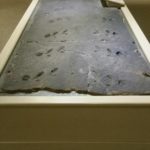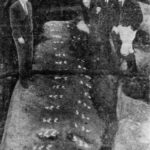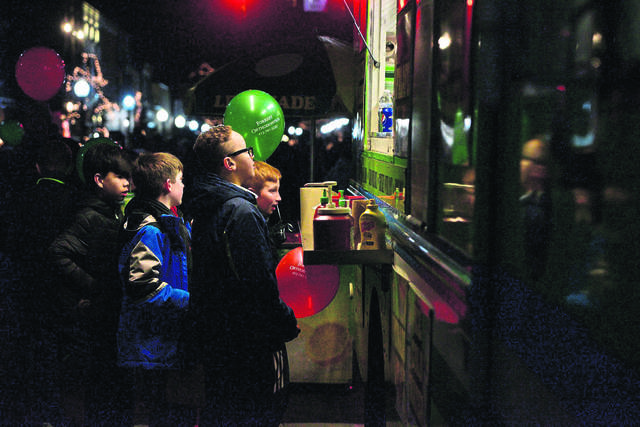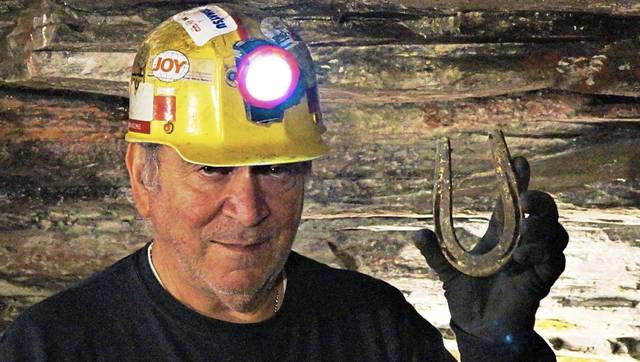Imagination can be overrated. Visitors to Carnegie Museum of Natural History have long been asked to imagine the creature that made the mysterious tracks on a one-ton block of dark coarse sandstone that greets them at Benedum Hall of Geology. An adjacent label challenges them to visualize the seven-foot-long invertebrate that made the parallel rows of tracks at a location 100 miles northeast of the museum, some 300 million years ago.
Thanks to the world premiere of Dinosaur Armor, they have their answer. The track maker was an extinct creature known as a eurypterid, or giant sea scorpion, and during the new, year-long exhibition, visitors can now admire a life-sized version of the beast as they stand nearly within reach of its grasping claws.
Seventy-two years ago, in an Elk County section of the Allegheny National Forest, James Kosinski, a preparator in the Education Department of Carnegie Museum of Natural History, and his brother Michael were hunting deer in heavily wooded terrain. When Michael stumbled upon a large sandstone boulder bearing a pattern of unusual impressions, he informed James, who immediately recognized the impressions as the fossil tracks of an unknown animal.
Later, when James described the discovery to Carnegie Museum’s Dr. E. Rudy Eller, Curator of the Section of Invertebrate Paleontology, and Dr. J. Leroy Kay, Curator of Vertebrate Paleontology, plans were made to remove a section of the boulder containing the best-preserved section of the trackway and transport the heavy block to the museum.
For museum hours and ticketing, visit the Carnegie Museum of Natural History online carnegiemnh.org.
Sponsored by the Carnegie Museum of Natural History.













